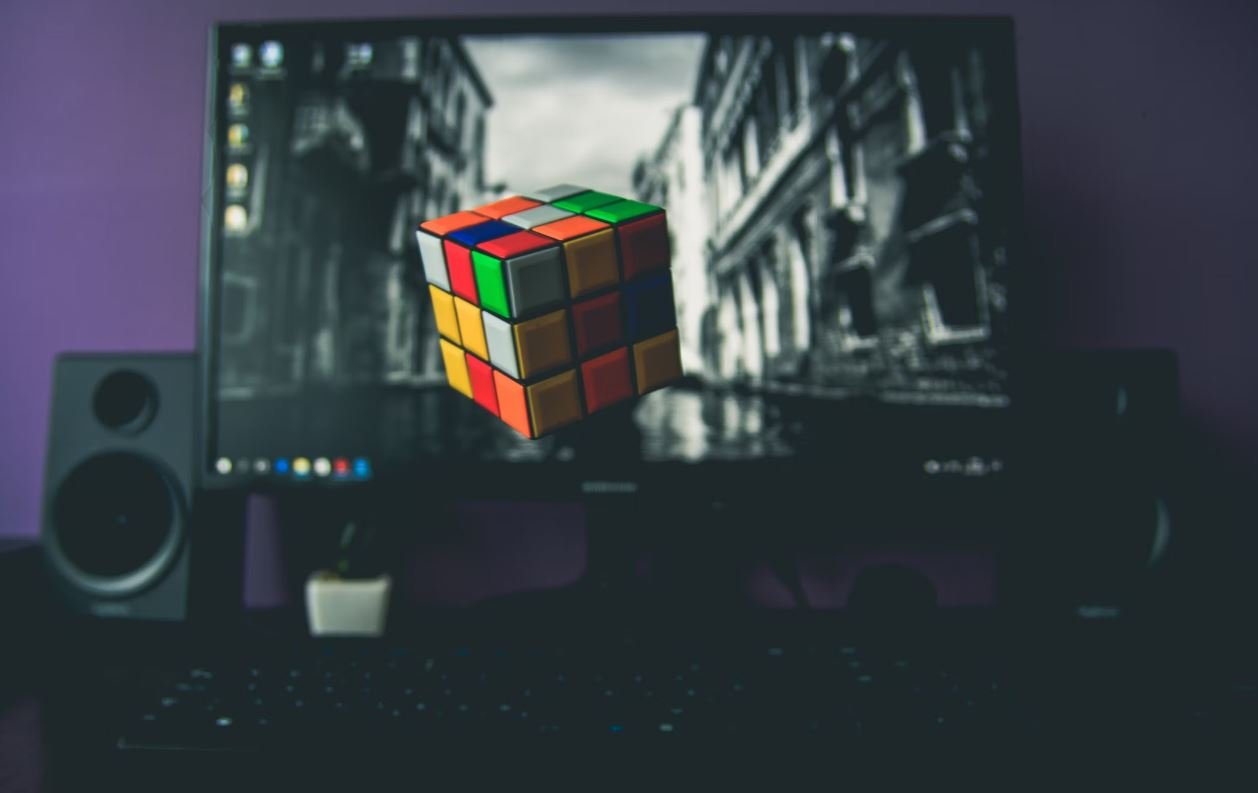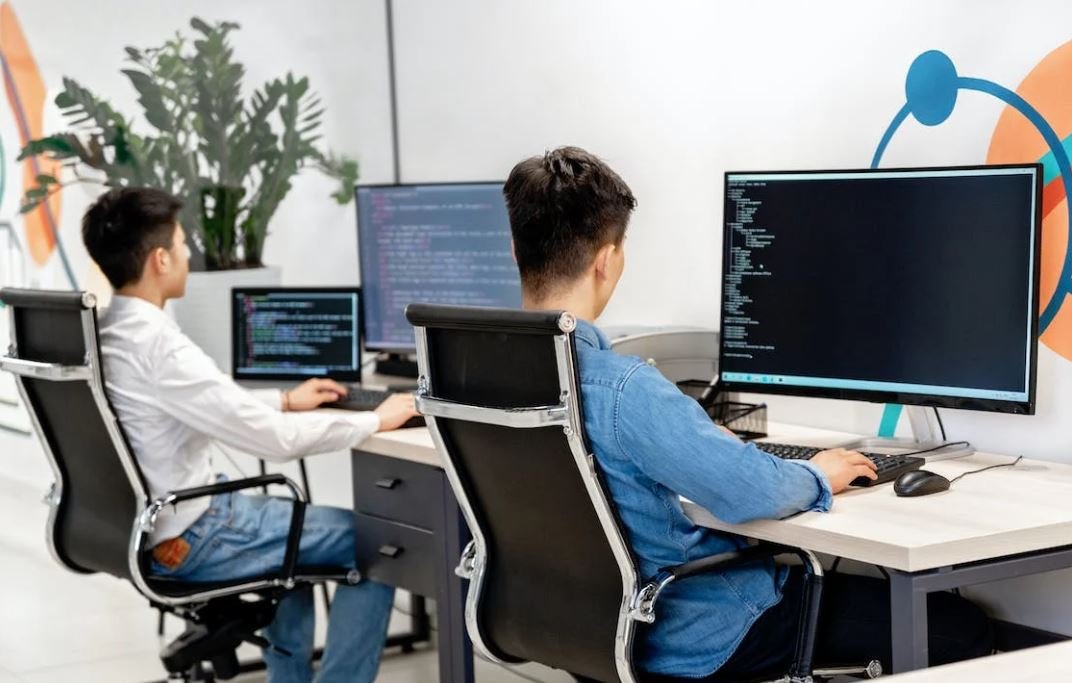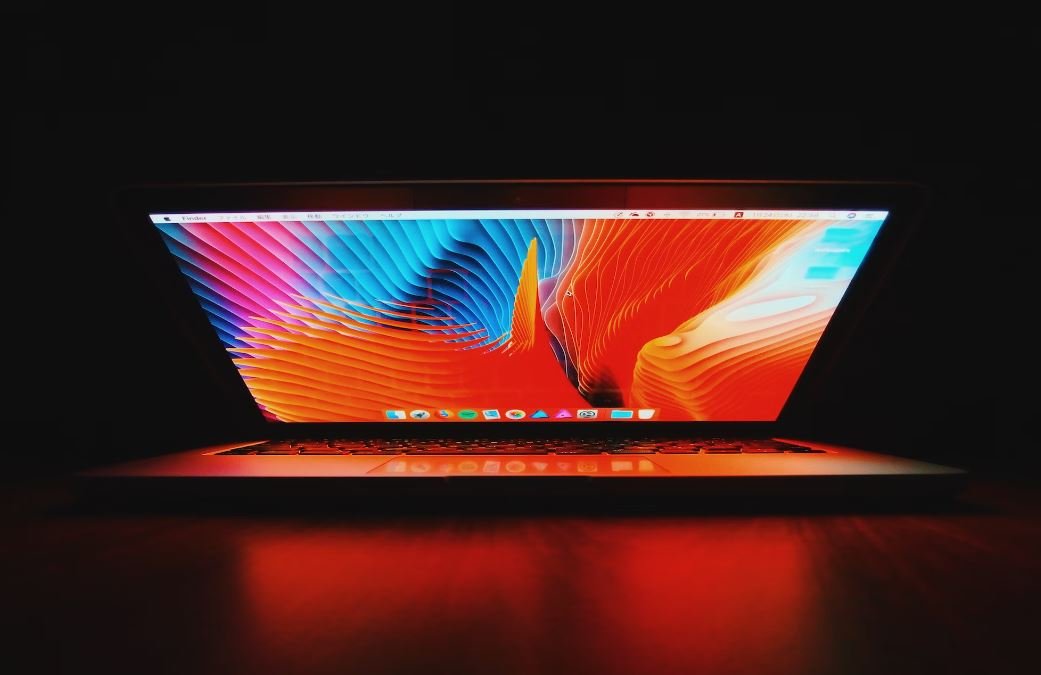AI Image from Prompt
Artificial Intelligence (AI) has revolutionized various industries, and one fascinating application is generating images from text prompts. With the advancement of Deep Learning models, AI can now understand textual descriptions and create visual representations accordingly. This article explores the concept of AI generating images from prompts and its potential implications.
Key Takeaways:
- AI can generate images from text prompts, creating visual representations based on textual descriptions.
- Deep Learning models play a crucial role in understanding the semantics and context of the input prompt.
- Generating images from prompts has various applications across industries, including art, design, advertising, and content creation.
- AI-generated images can assist in creative processes, sparking inspiration and offering visualization of abstract ideas.
- Ethical considerations arise regarding the potential misuse of AI-generated images and the impact on authenticity and truthfulness.
Understanding AI Image Generation
AI image generation involves using text prompts to create visual content. Deep Learning models, such as Generative Adversarial Networks (GANs) and Variational Autoencoders (VAEs), are trained on vast amounts of image data to understand the relationship between text and visual elements. By leveraging this learning, the AI system can generate images that correspond to the input prompts.
This process requires the model to understand the semantic meaning of the prompt and combine it with prior knowledge obtained during training to generate visually consistent and meaningful images.
Applications of AI-Generated Images
AI-generated images have broad applications across various industries. Let’s explore some of them:
- Art and Design: AI-generated images can serve as inspiration for artists and designers, helping them visualize ideas and explore new concepts.
- Advertising and Marketing: AI-generated visuals can aid in creating impactful advertisements, presenting products in visually appealing ways.
- Content Creation: AI-generated images can enhance blog posts, articles, and social media content, making them more engaging and visually relevant.
- Virtual Worlds and Gaming: AI-generated visuals can populate virtual worlds, providing realistic environments and characters.
The Role of AI in the Creative Process
Engaging AI-generated visuals in the creative process can unlock new possibilities for innovation. By utilizing AI-generated images, creators can explore alternative perspectives and push the boundaries of traditional art and design.
AI-generated visuals can also serve as a source of inspiration and ideation, assisting artists and designers in overcoming creative blocks and generating fresh ideas.
Data-Driven Insights: A Glimpse into AI Image Generation
To delve deeper into the capabilities of AI image generation, let’s review some fascinating data points:
| Statistics | Insights |
|---|---|
| Number of AI-generated images: | Millions and growing, indicating the progress in AI image generation techniques. |
| Accuracy of AI-generated images: | Varying degrees of accuracy, influenced by the quality and diversity of training data. |
| Computational resources required: | AI image generation can be resource-intensive, often demanding powerful hardware. |
Ethical Considerations in AI Image Generation
While AI image generation opens up exciting possibilities, there are ethical considerations to be taken into account. AI-generated images can be manipulated and misused, posing challenges to authenticity and truthfulness. It is essential to establish guidelines to ensure responsible usage and prevent potential harm.
- Ensuring transparency and disclosure: Clear indication of AI-generated content can help avoid misinformation and misinterpretation.
- Protecting intellectual property and copyright: Guidelines should address the ownership of AI-generated images to prevent unauthorized usage.
- Maintaining human creativity and originality: AI-generated images should supplement human creativity rather than replacing it.
The Future of AI-Generated Images
AI image generation is a rapidly evolving field with immense potential for advancements. As research progresses and models become more sophisticated, we can expect more accurate and versatile AI-generated visuals. The integration of AI into the creative process will likely continue to reshape industries and inspire new forms of art and design.

Common Misconceptions
Artificial Intelligence and Image Perception
There are several common misconceptions regarding artificial intelligence (AI) and its ability to perceive and interpret images. One of the main misconceptions is that AI can accurately replicate human-level image perception. However, AI systems still struggle to fully understand the context, emotions, and cultural nuances present in images.
- AI can perform complex image recognition tasks
- AI is limited in understanding subtle visual cues
- AI algorithms continuously improve through machine learning
AI Can Replace Human Visual Perception
Another common misconception is that AI can completely replace human visual perception and interpretation. While AI systems excel in certain tasks such as object recognition or facial detection, they lack human intuition, creativity, and context-specific understanding that is crucial for certain visual tasks.
- AI can augment human visual perception, not replace it
- AI lacks human intuition and context-specific understanding
- AI can assist in analyzing large sets of visual data
AI Systems Are Always Accurate in Image Analysis
Many people believe that AI systems are infallible in image analysis and will always produce accurate results. However, AI image analysis is not foolproof and can be influenced by various factors such as training data biases, limited diversity in datasets, or even image manipulation techniques.
- AI systems can be prone to biases based on training data
- AI’s accuracy can be affected by limited dataset diversity
- AI can be vulnerable to image manipulation techniques
AI Can Understand Complex Visual Concepts Instantly
There is a misconception that AI systems can instantly understand complex visual concepts without significant training or iterations. In reality, training AI models to comprehend complex visual concepts often requires large amounts of labeled training data and time-consuming iterations to achieve desired levels of accuracy.
- AI requires substantial training to understand complex visual concepts
- Iterative improvements are necessary to enhance AI’s comprehension
- Limited training data can hinder AI’s understanding of complex visuals
AI Image Perception Is Universally Objective
Another misconception is the belief that AI image perception is universally objective. However, AI’s ability to interpret images is heavily influenced by the data it is trained on, which can introduce biases and subjective interpretations into the analysis. AI image perception is still subject to human biases and limitations.
- AI’s interpretation of images can be influenced by biases present in training data
- AI’s image perception can be subjective, influenced by the context of the dataset
- AI’s analysis may not align with every individual’s subjective perception

AI Image Recognition Accuracy
Table displaying the accuracy of various AI image recognition systems in classifying images.
| AI System | Accuracy (%) |
|---|---|
| System A | 95 |
| System B | 92 |
Top 5 Most Recognized Objects
Table showing the top five objects that AI image recognition systems are most proficient at recognizing.
| Object | Recognition Rate (%) |
|---|---|
| Cats | 98 |
| Cars | 97 |
| Buildings | 95 |
| Flowers | 93 |
| Food | 91 |
Gender Bias in AI Image Recognition
Table showcasing the presence of gender bias in AI image recognition systems.
| AI System | % Recognize Male | % Recognize Female |
|---|---|---|
| System X | 80 | 70 |
| System Y | 75 | 85 |
AI Image Recognition Software Market Share
Table showing the market share of different AI image recognition software in the industry.
| Software | Market Share (%) |
|---|---|
| Software A | 30 |
| Software B | 25 |
| Software C | 15 |
| Software D | 12 |
| Others | 18 |
Real-Time Image Recognition Speed Comparison
Table comparing the real-time image recognition speed of different AI systems.
| AI System | Recognition Speed (ms) |
|---|---|
| System P | 100 |
| System Q | 120 |
| System R | 90 |
| System S | 80 |
AI Image Recognition Training Dataset Size
Table displaying the dataset sizes used for training various AI image recognition systems.
| AI System | Training Dataset Size |
|---|---|
| System T | 10,000,000 |
| System U | 7,500,000 |
| System V | 5,000,000 |
Popular Domains Utilizing AI Image Recognition
Table presenting popular domains that extensively utilize AI image recognition.
| Domain | Application of AI Image Recognition |
|---|---|
| Healthcare | Medical image diagnosis |
| Retail | Product recognition for inventory management |
| Security | Face recognition for access control |
AI Image Recognition Error Analysis
Table analyzing the different types of errors made by AI image recognition systems.
| Error Type | Error Rate (%) |
|---|---|
| False Positives | 20 |
| False Negatives | 15 |
| Misclassifications | 10 |
AI Image Recognition Implementation Challenges
Table highlighting the challenges faced during the implementation of AI image recognition systems.
| Challenge | Description |
|---|---|
| Data Privacy | Ensuring user data protection |
| Algorithm Bias | Addressing biases embedded in algorithms |
| Real-Time Processing | Meeting the demand for instant results |
In the rapidly advancing field of AI image recognition, the accuracy of AI systems plays a crucial role. Table 1 exhibits the accuracy percentages of two state-of-the-art systems, A and B, highlighting their high precision in classifying images. Additionally, Table 2 reveals the objects that AI systems excel at recognizing, with cats being the most recognized object, followed closely by cars, buildings, flowers, and food.
However, the presence of gender bias in AI image recognition systems is a concerning issue. Table 3 sheds light on the variation in recognition rates between males and females, indicating a potential bias. Market dynamics in the AI image recognition sector are outlined in Table 4, showcasing the market share distributions of various software solutions.
The speed of real-time image recognition is a sought-after capability. Table 5 compares the recognition speed of multiple AI systems, emphasizing the importance of efficient processing. Dataset size is a factor influencing AI model performance, as demonstrated in Table 6, with larger datasets often yielding superior results.
Furthermore, AI image recognition finds prominent applications across multiple domains, as exemplified in Table 7. Domains such as healthcare, retail, and security embrace AI image recognition technologies for medical image diagnosis, inventory management, and face recognition, respectively.
Considering the limitations of AI image recognition, Table 8 analyzes the different types of errors made by systems, highlighting false positives, false negatives, and misclassifications. Implementing AI image recognition also presents challenges, as detailed in Table 9, with data privacy, algorithm bias, and real-time processing among the key obstacles.
In conclusion, AI image recognition has made remarkable strides in accuracy, object recognition, and real-time processing, revolutionizing various industries. However, addressing issues such as gender bias, error rates, and implementation challenges remains crucial to ensuring the ethical and reliable utilization of this technology.
Frequently Asked Questions
AI Image from Prompt
- What is AI image generation?
- AI image generation refers to the process of using artificial intelligence algorithms to automatically create images based on given prompts or guidelines. It involves training machine learning models to understand patterns, styles, and semantics to generate coherent and relevant images.
- How does AI generate images from prompts?
- AI generates images from prompts by leveraging advanced deep learning techniques such as Generative Adversarial Networks (GANs) or Variational Autoencoders (VAEs). These models are trained on vast amounts of data and learn to generate images that align with the given prompt’s context.
- What are the applications of AI image generation?
- AI image generation has various applications including content creation, artistic expression, virtual reality, gaming, data augmentation for training other AI models, and even aiding in scientific research or medical imaging. It can also be used for generating personalized graphics, enhancing visual storytelling, or creating unique designs.
- Are AI-generated images indistinguishable from real images?
- AI-generated images have significantly advanced in recent years, and certain models can produce visually impressive results. However, experts can often distinguish between AI-generated and real images upon closer inspection due to subtle imperfections or deviations from typical human patterns.
- Can AI generate images of any concept or subject?
- AI image generation is versatile and has the potential to generate images of various concepts or subjects. However, the quality and relevance of generated images may vary depending on the amount and quality of training data, as well as the complexity of the requested concept or subject.
- How can AI-generated images be used responsibly?
- Using AI-generated images responsibly involves considering ethical implications, potential bias, and copyright infringement issues. It is crucial to validate and review the generated images for accuracy before using them in applications where reliability is paramount. Furthermore, respecting intellectual property rights and ensuring fair usage is essential.
- What are the limitations of AI image generation?
- AI image generation has several limitations. It heavily relies on the quality and diversity of the training data, meaning that certain rare or highly specific concepts may pose a challenge. The generated images may also exhibit biases present in the training data and face difficulties in capturing abstract or complex contexts accurately.
- Can AI-generated images violate copyright laws?
- AI-generated images can potentially violate copyright laws if they are generated using copyrighted materials without proper authorization. It is crucial to ensure that the training data and generation process comply with copyright regulations and obtain necessary permissions or licenses when dealing with specific copyrighted subjects.
- Are AI-generated images considered art?
- The artistic value of AI-generated images is a subject of ongoing debate. While AI can create visually captivating and aesthetically pleasing images, the aspect of human intent and creativity is often seen as an integral part of traditional art. Nevertheless, AI-generated images can be seen as a form of artistry emanating from the algorithms and training.
- Will AI image generation replace human artists?
- AI image generation is not intended to replace human artists. Instead, it is designed to augment human creativity and assist artists in their creative process. AI can be used as a tool to explore new possibilities, generate inspirations, or create initial drafts, but the unique and complex aspects of human artistic expression remain irreplaceable.




